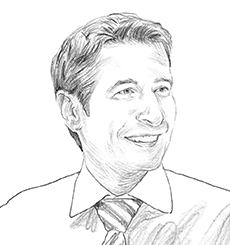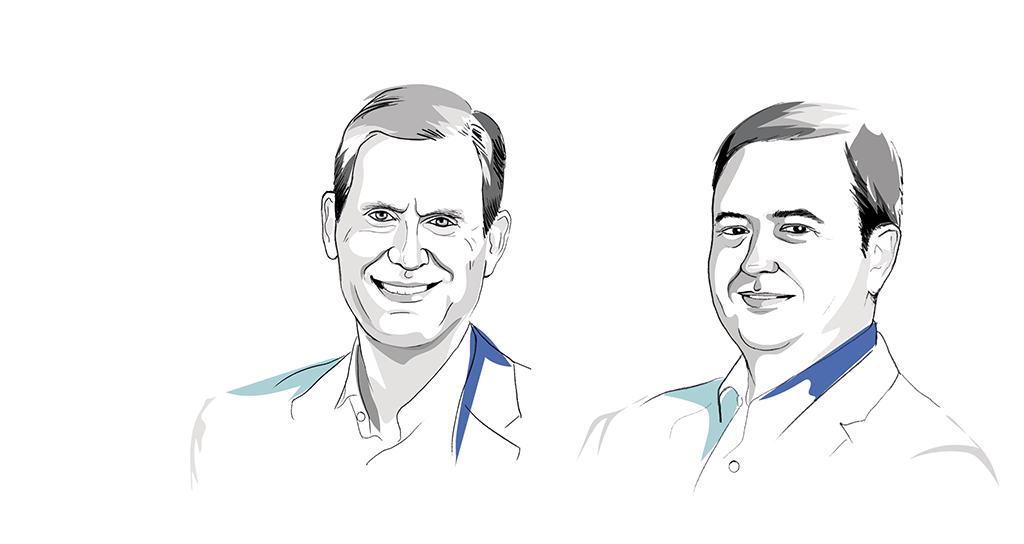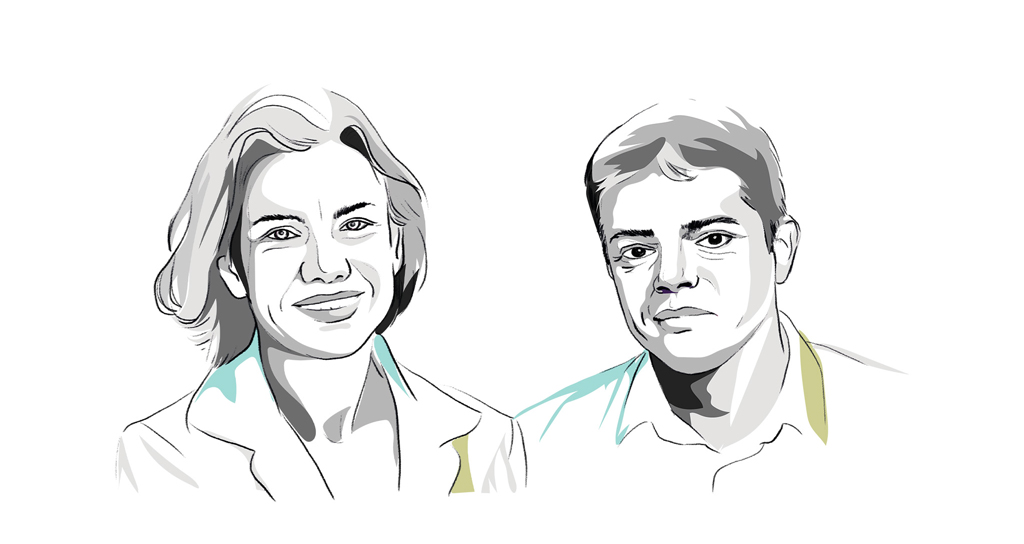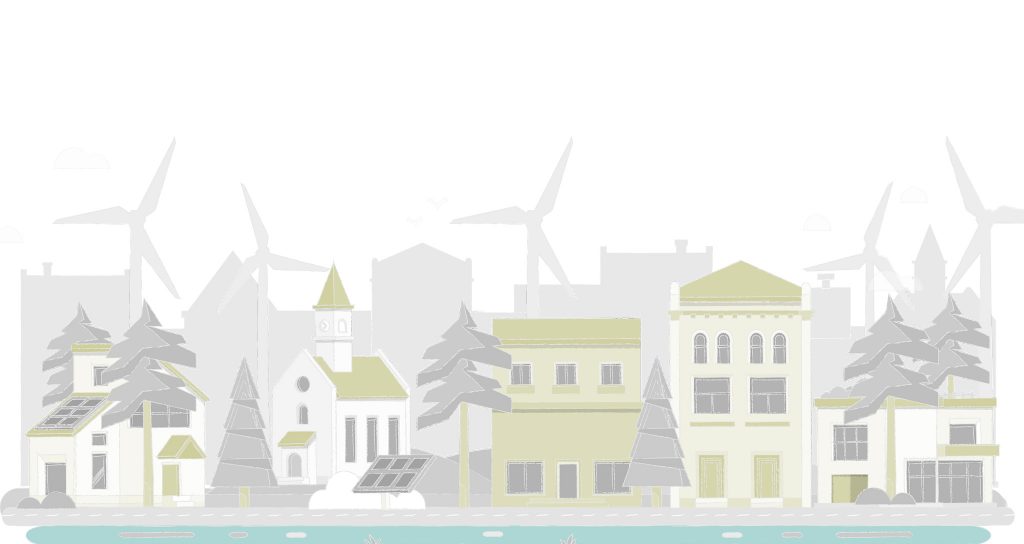Innovation is overvalued and maintenance often matters a lot more, according to Andrew Russell, Professor and Dean of Arts & Sciences at SUNY Polytechnic Institute in Utica, New York, and his colleague Lee Vinsel. Provocatively titled “Hail the Maintainers”, their essay, which makes the case for industry to tone down the innovation fever and put its focus back on maintenance, has stirred many conversations since it was published last April. Reinhard Schlemmer, Deputy Managing Director of VINCI Energies in Europe and responsible for smart industry solutions providers Actemium and Axians in Germany, sat down with the technology-obsessed historian to discuss the limits of innovation and the importance of maintenance. Together, they explain why innovation is sometimes the enemy of maintenance, and sometimes its best opportunity.
Has the digital acceleration of the last decade led businesses and organisations to neglect maintenance?
ANDREW RUSSELL. It’s probably culturally specific, and it certainly changes over time. In the last twenty years, there has been a great uptake in innovation talk, notably in Silicon Valley, around the internet and digital disruption, start-up culture, these sorts of things.
Since I’ve been talking about innovation, one of the first things I always point out is the distinction between the act of innovation (or creativity, or invention) and the talk about innovation.
Everyone gets excited and distracted about innovation in a way that they never do with maintenance. People like to talk about innovation, like a value that they deeply care about. Of course, we like creativity, we like inventiveness, we think it’s important, but all this talk and the consequent policies and fundings have led us off track. The red herring has been overblown. The more time we spend talking about innovation, the less time we spend speaking or thinking about maintenance. In some ways, it’s a zero-sum game.
REINHARD SCHLEMMER. There are a lot of differences between the United States and Europe. In Europe, notably in Germany, while there’s a lot of talks about innovation — about industry 4.0 or the internet of things — our customers still have a different approach. When we talk to our industrial customers, we can see their confusion. They’re not used to thinking in short term, in short investment cycles. And we see their reluctance to immediately adopt innovation. They do it very cautiously and with a lot of planning. American industrial customers are much more willing to switch to new technologies and test out new things than Europeans.
Have you identified cultures, countries or sectors that have a more prominent “maintenance tradition” than others?
REINHARD SCHLEMMER. We see a lot of pressure on the maintenance side with our European customers, due to their large industrial equipment base. There is a lot of thinking ongoing among our customers about how to reduce maintenance costs. We explore new ideas, like “preventive maintenance,” or smart maintenance. Our customers are more willing to talk to us about all this than they were in the past.
In Europe, we are talking with a large, worldwide leading customer in the chemical field. They have more and more difficulties finding people to operate their plants who are willing to work on 24 hours/7 days a week shift-like programs. We do have a lot of very interesting discussions with them when it comes to what is called “smart maintenance.”
But at the end of the day, even if you invest to upgrade your maintenance process with the latest innovation, you have only one budget. It’s up to the clients to decide if they want to invest in maintenance or to build a new plant extension.
“It’s up to the clients to decide if they want to invest in maintenance or to build a new plant extension.”
ANDREW RUSSELL. Smart maintenance is fascinating from an industrial perspective. The notion of smart maintenance suggests that the distinction we’ve been setting up between innovation and maintenance has a lot to do with who is speaking, and what perspective they are coming from.
Most spectacular innovative things that we have read about in the newspapers lately come from the digital sector. These people don’t need to care much about the underlying infrastructure, they don’t have the same obligations as established industrial organizations. Theirs is the Silicon Valley start-up mindset : short-investment returns, updated every three months, basically. They need to show results fast.
But these people who are obsessed with digital technology should be a little more mindful about maintenance… and vice versa.
REINHARD SCHLEMMER. I can fully see the way you view things and I completely agree. The long-term thinking is a different way.
“Clients are actively thinking about ways to innovate in order to reduce maintenance costs and optimize efficiency.”
Couldn’t both innovation and maintenance benefit from a better planned complementarity?
REINHARD SCHLEMMER. The question is : does innovation kill maintenance? In IT, that’s sometimes the right path! You don’t build for the long term, everything is built only to be renewed anyway. But when I look to our industrial customers and their operations, I see a different behavior. In the industry, innovation plays a more and more important role because maintenance costs are a big challenge for our clients. That’s why we’re actively thinking about ways to innovate in order to reduce maintenance costs and optimize efficiency.
ANDREW RUSSELL. I think there are three ways to reduce maintenance costs or optimize its benefits.
The first thing is to be mindful of what we do with technology, how we invest our time. Even the most innovative person, the most creative person you know—maybe yourself—can’t escape maintenance. You may ask yourself how much time in a day or in a week you spend doing creative things, versus maintaining yourself, washing your hands, preparing food, cleaning your house and the like. Simply observing yourself or the world around you is a good way to understand the value of maintenance.
The second way is statistics : The World Bank has provided some data about how much investment in infrastructure and maintenance is important for development. Their ways of classifying jobs, for example, makes it possible to estimate how many jobs are provided by the maintenance and repair sectors in the global economy. Quantifying these things may be a way to keep us from forgetting about how important they are.
The third way is to build a narrative around the maintainers, in order to approach broader audiences who like to read interesting human-interest stories. For instance, I want to know a lot more about the personal stories of the people who keep the IT system running at my university or the air-conditioning working, or the people who move the furniture in the classroom and clean the place. Just gaining awareness of these people and the work they do can be powerful.
“There is a certain linguistic aspect in the word “innovation” that leads towards the common interpretation that it’s about overthrowing the existing order, while maintenance essentially is preserving an existing order.”
Don’t we innovate in maintenance?
REINHARD SCHLEMMER. You can apply innovative approaches to maintenance. Our people innovate daily in small skills in their fields, including in maintenance — trying to improve, trying to optimize, trying to cope with the pressure to bring down the cost of maintenance and repair. These two concepts of innovation and maintenance are not just connected like plus and minus poles.
ANDREW RUSSELL. I agree with that. We could talk a lot more about innovative ways to deal with maintenance. Take Uber for example, a company that uses IT in an interesting, innovative way. If existing companies could be persuaded to use these ideas in their own business, that would be innovation. They could adapt in an incremental way and there wouldn’t be the disruptive effect that Uber brought about. Another example : public transit companies now put their timetables online so that customers can track where their bus or train is, using their phones. This is a nice example of innovation and it is not at all opposed to maintenance.
REINHARD SCHLEMMER. Exactly. Uber is a good example. In Germany, a similar concept is sponsored by Daimler as a venture partner. There are now numerous imitations of Uber throughout the regular taxi networks. They are trying to imitate and adopt that technology quite quickly to cope… or survive. The way they adapt to this innovation to maintain their business is quite amazing.
ANDREW RUSSELL. But the fact is that maintenance and innovation are opposite when innovation is linked more directly to the notion of disruptive innovation. There is a certain linguistic aspect in the word « innovation » that leads towards the common interpretation that it’s about overthrowing the existing order, while maintenance essentially is preserving an existing order.
This is a caricature of innovation but it has some powerful cultural resonance. Especially in a world that strongly associates “innovation” with “disruption “, and where digital businesses cause big problems for established industries — even running companies out of business in some cases.
Using the power of IT to essentially take business away from established enterprises like hotels or taxis, that is a little bit more disruptive, this is where the caricature of innovation as an exclusively or fundamentally disruptive act might come from.




